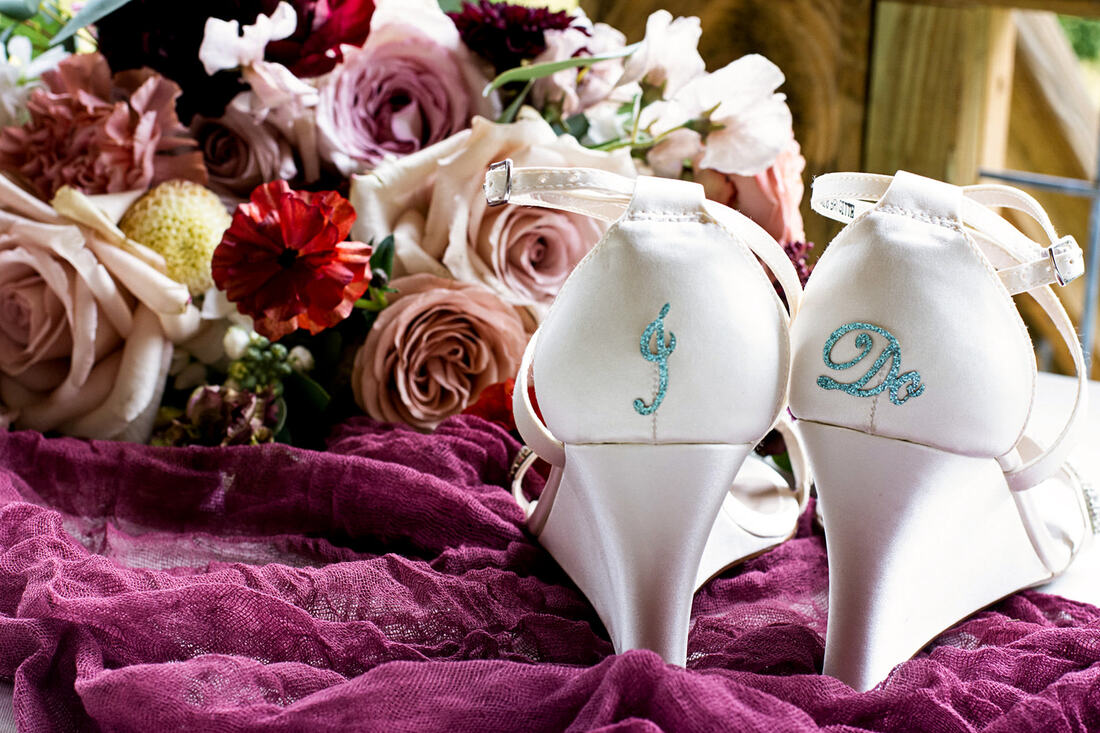
19 New Wedding Terms you Need to Know
Congratulations – you’re engaged and starting to plan your North Georgia wedding! But what’s the deal with all these wedding terms?
What is a First Look? Why are there so many questions about seating charts? And what is the deal with this heart shaped table they keep talking about? 🤷♀️
Good news – we’ve got you covered with explanations of some of the most frequent terms so you know you are all on the same page!
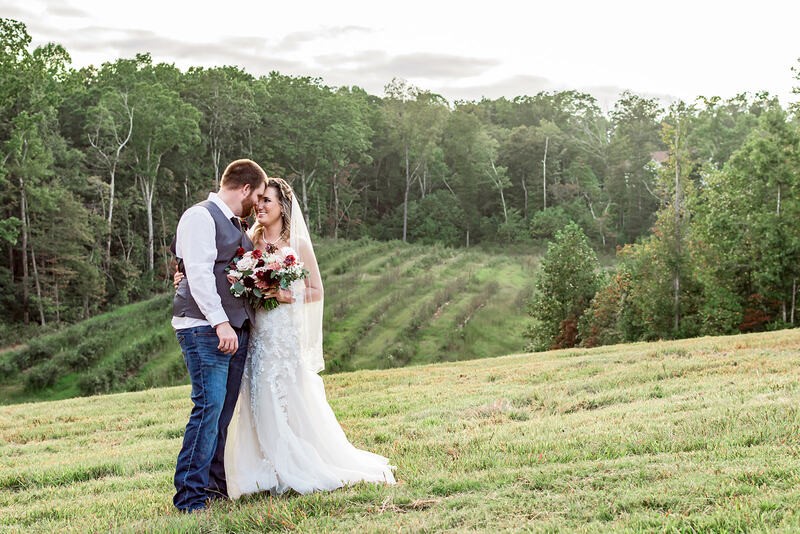
Wedding Terms for Photography
There are a lot of specialties that go into wedding photos to fully capture the memories from your wedding. You want to make sure you work with an experienced wedding photographer so they know the flow of the day and will take care of all the photos. Here’s a list of some photography related wedding terms to make sure you are on the same page.
First Look
This is an option to see your fiancé before the wedding. Many couples choose this option because it lets them see each other in a private moment which often helps calm your nerves. It also lets the photographer get pictures of just the two of you with minimal distractions. This is not mandatory! Plenty of couples still wait until the bride is walking down the aisle for the first glimpse.
First Touch
An option to the First Look is to stand around a corner, on either side of a door or back to back so you don’t see each other but can still talk and hold hands. Couples use this as an opportunity to pray together, share love notes or just talk for a few moments.
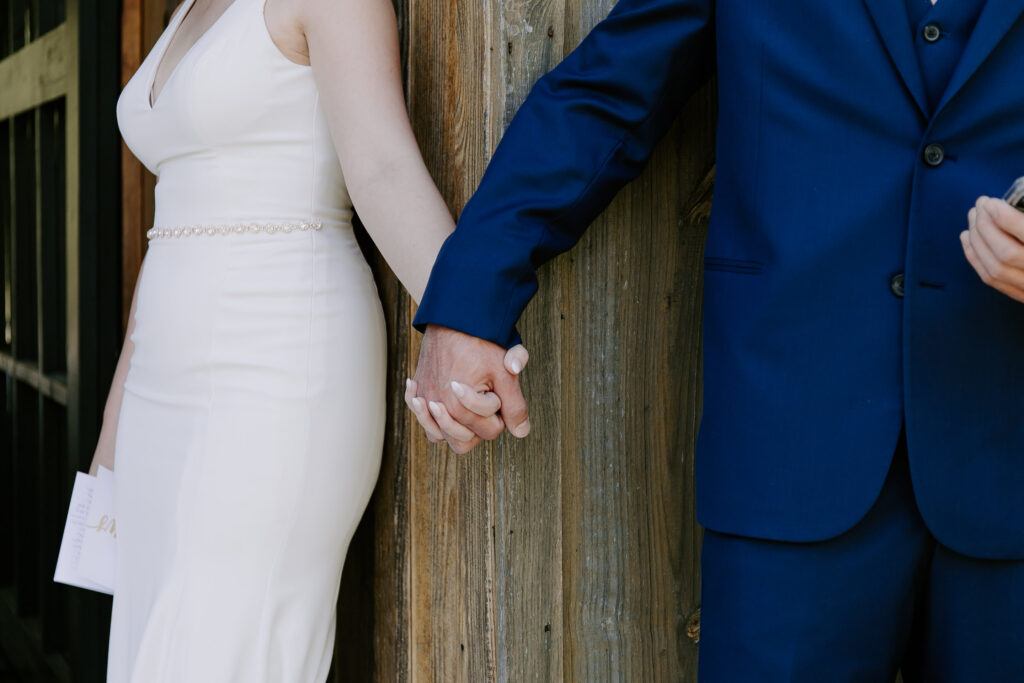
Photo by Capture Thirteen Photography
Detail Photos
These are all the pictures of the details that make up the day. Wedding shoes, bouquets, wedding dress, invitations, rings and so much more. Your photographer usually gets these when they first arrive. It’s helpful to have as many of these items as possible in a bag together so you don’t have to hunt them down.
Learn more about planning your detail photos here!
Getting Ready Photos
The name for these are a bit misleading. Most photographers are not there hours early to take pictures as you are getting all your hair and makeup done. These are focused on the final details such as putting on jewelry or shoes, Final shots of buttoning your dress or makeup touch up. This is also the time for pictures with you and your close family or friends in the moments before the ceremony.
Immediate Family Photos
So, who exactly is your immediate family? The answer is up to you. Typically, immediate family includes parents, siblings and grandparents. You can also include Aunts, Uncles and Cousins. Just make sure to communicate to your family who needs to stick around after the ceremony to be in the pictures. Your officiant can also ask for all parents and grandparents to remain for photos.
Wedding Flower Terms
There are many specialty names for florals, but we will just cover some of the most common. Your florist can walk you through the names for everything. Always share pictures with them and ask them for pictures if you can’t clearly picture what they are describing.
Wrist Corsage
Most of us may be familiar with a traditional corsage that is a small flower arrangement pinned on the front of a dress for female family members. A wrist corsage is a great option to avoid the pins and make sure there is no damage to dresses. There are many elegant options such as gold wrist cuffs with flowers attached or simple plastic pieces that disappear under the flowers.
Posey
This is another option for mothers or grandmothers. It’s a petite bouquet that they carry instead of a corsage.
Boutonniere
This is the small flower arrangement for the guys. It is typically is pinned on the front of a suit jacket or shirt. These are often used for the groom, groomsmen, fathers, grandfather and, optionally, the officiant.
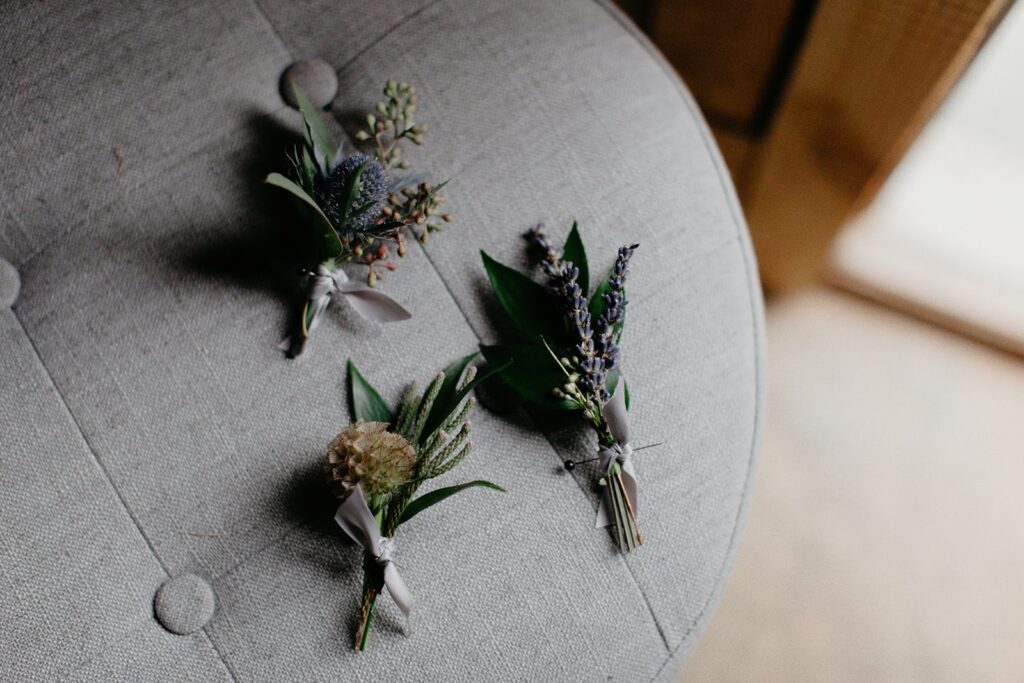
Table Garland
This is a popular table decoration that lines greenery down the center of the table like a runner. It can also include flowers.
Table Options and Décor
There are lots of options to make your reception setting unique. And they can often be overwhelming! Here are a few wedding terms to help you decide how you want your reception set.
Votives
These are the small candles and their holders used to decorate tables and other areas.
Chargers
These are the large, decorative plates that go under your dinner plate. They add additional color, elegance and sparkle to the table. They are completely optional!
Sweetheart Table
That’s the heart shaped table they keep talking about!! It’s really not a heart shaped table (well, it could really be any shape you want). It’s basically a table just for you and your new spouse! It is typically set at the front of the reception space as a place of honor.
Head Table
If you aren’t crazy about the idea of everyone looking at you during dinner, then a Head Table option may work for you. This includes your wedding party (with or without their dates). This takes some of the direct attention off you and gives you more time with them.
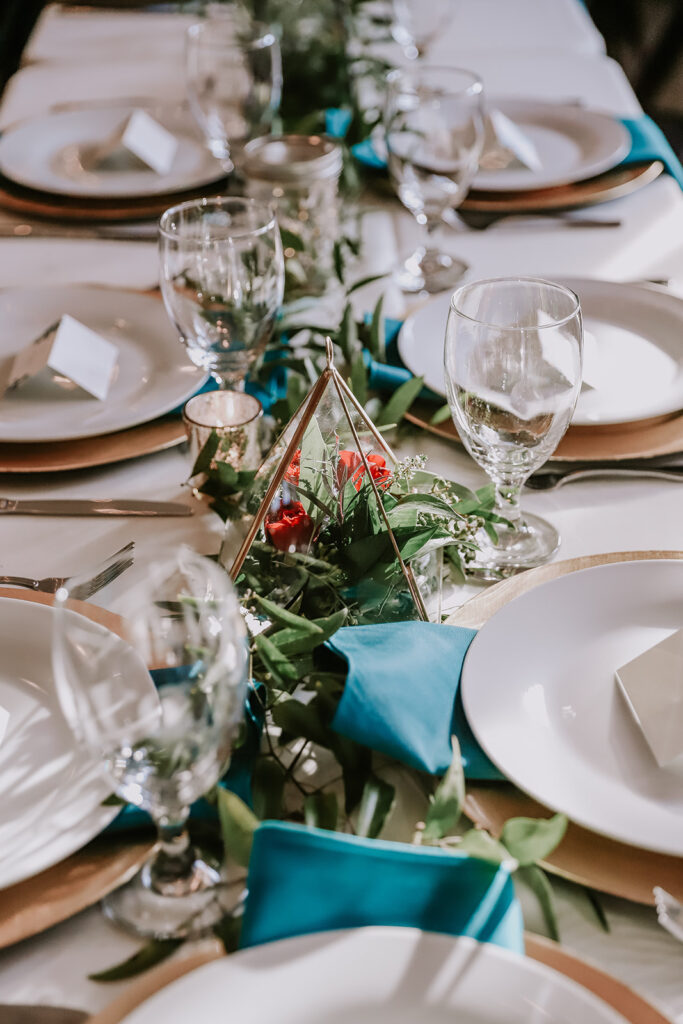
Seating Chart Options
A seating chart is not mandatory, but it’s most likely something you will get asked about. There are a few different ways to manage a seating chart. Seating charts do make it easier for your guests to find their seat and know there is space for them with anyone in their family or group. And, of course, there is wedding terminology just for them.
Assigned by Table
With this option you simply let guests know which table to sit at. They can choose how they arrange themselves at the table. For this option, you will need a list of names broken up by table number and displayed in an easy to find place. It’s also a good idea to have your DJ let guests know where to find it or have the coordinator team direct guests to the chart.
Place Cards
This often goes along with a seating chart and provides a specific seat for each person. The place cards with their name will be placed at their seat for them to find.
Escort Cards
These are displayed away from the table, usually where guests enter the reception or cocktail space. It provides their name and the number of the table they will be sitting at. These can be creative options beyond just cards – small succulent favors, champagne glasses, etc.
Get tips on planning your guest list here!
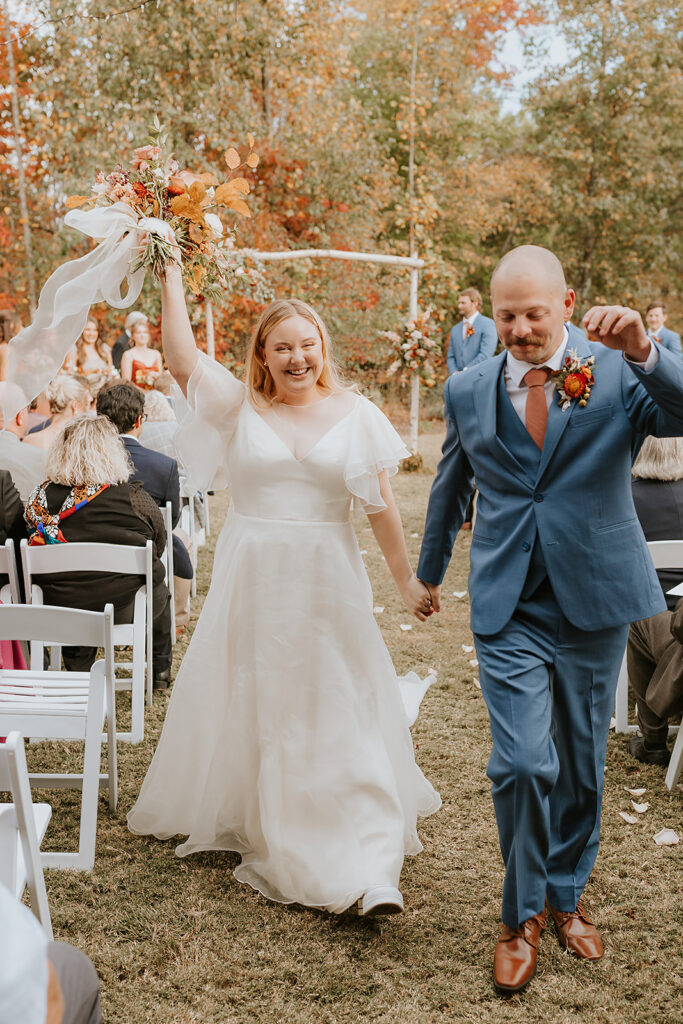
Ceremony
The ceremony offers many options to be personal and meaningful. Again, you have lots of options (and special words), but you only need to choose what works for you.
Processional
This is at the beginning of the ceremony when the bridal party, parents and grandparents walk down to their places. You can choose to have your grandparents be escorted down or seated before based on their needs and preferences. There are many options for the bridal party. The groom and groomsmen can walk down first. The groom can walk down first and then the bridesmaids and groomsmen can walk down in pairs. Share your vision with your coordinator and they will walk you through the steps.
Recessional
This is at the end and the opposite of the Processional. You and your new spouse will walk back down the aisle first, followed by the bridal party (individually or in pairs) and then parents and grandparents (if you choose). You will choose special songs for both the Processional and Recessional.
Unity Ceremony
This is a small ceremony within the larger ceremony that physically symbolizes your unity. A unity candle is one of the most common, but there are many options such as a braided cord, planting a tree, sand ceremony, etc. Feel free to do some research on Unity Ceremony ideas to choose one that may work for you. This is also optional and not a required part of the ceremony!
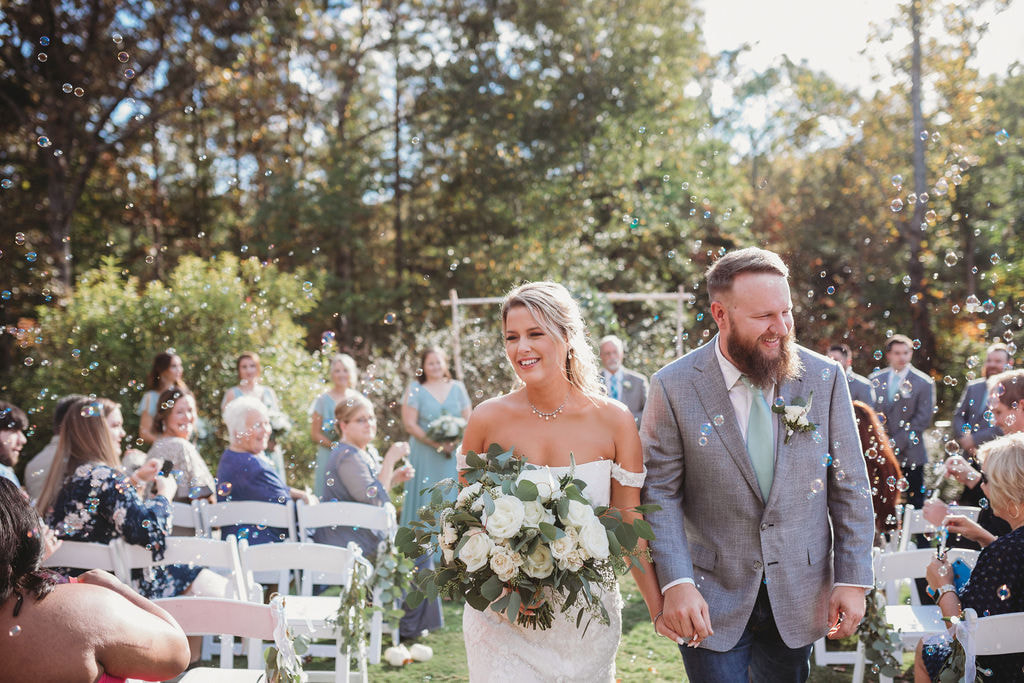
We hope some of these wedding terms will help you as you plan a wedding to reflect your style and personality. Let us know if there are other terms you learned in wedding planning that we didn’t cover!
Want to keep up with other wedding planning tips? Subscribe to our newsletter for the latest tips and wedding planning info!
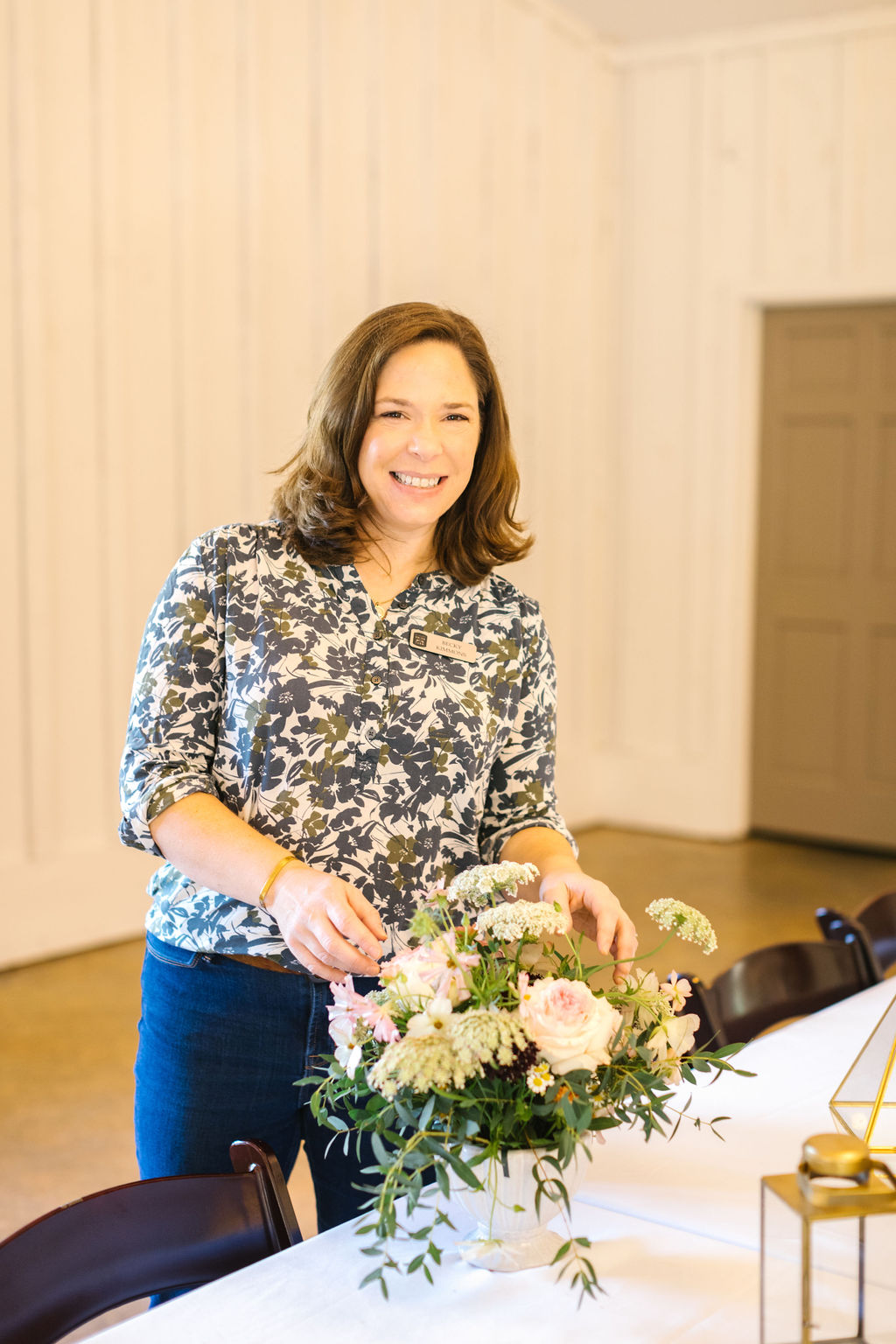
Owner, chief dreamer and assistant farmer at Pleasant Union Farm